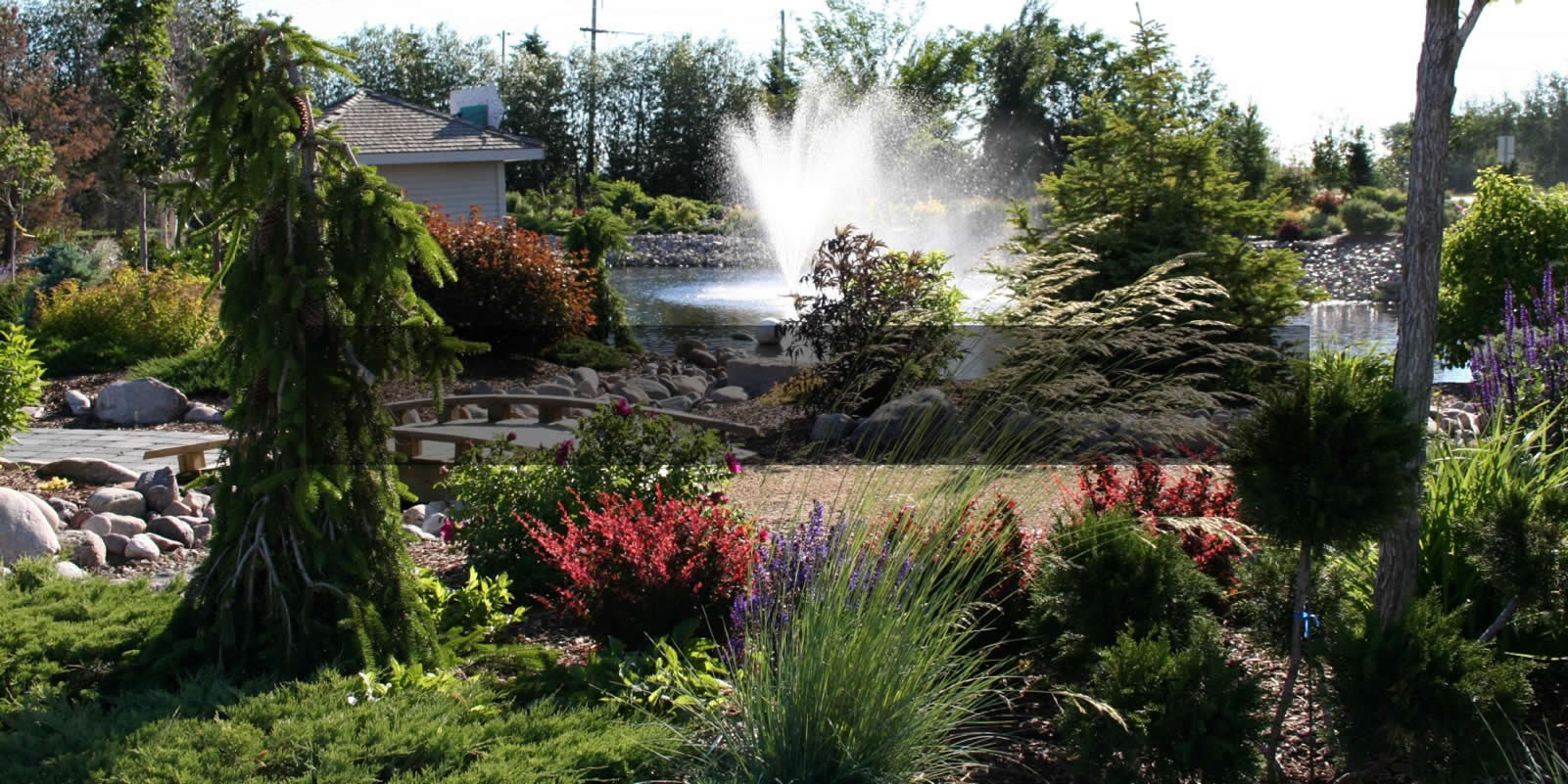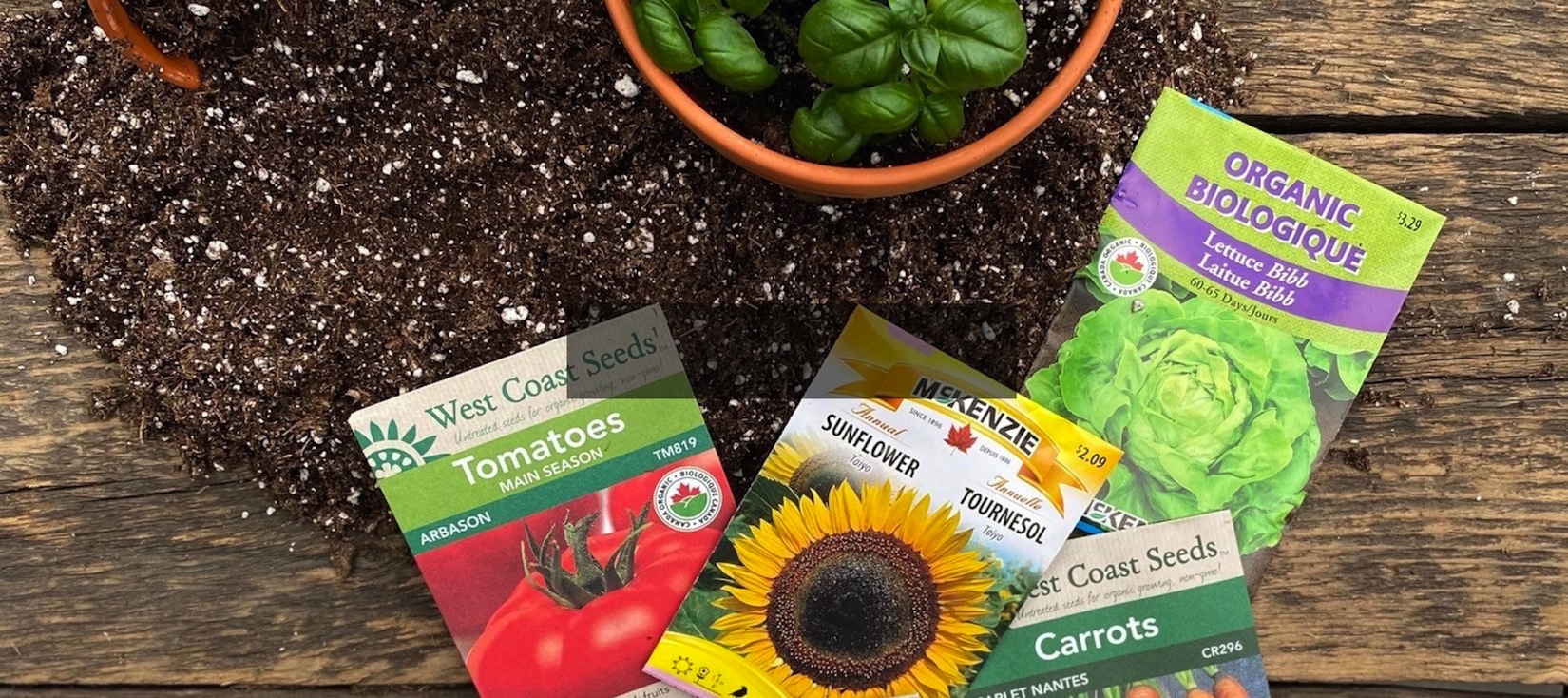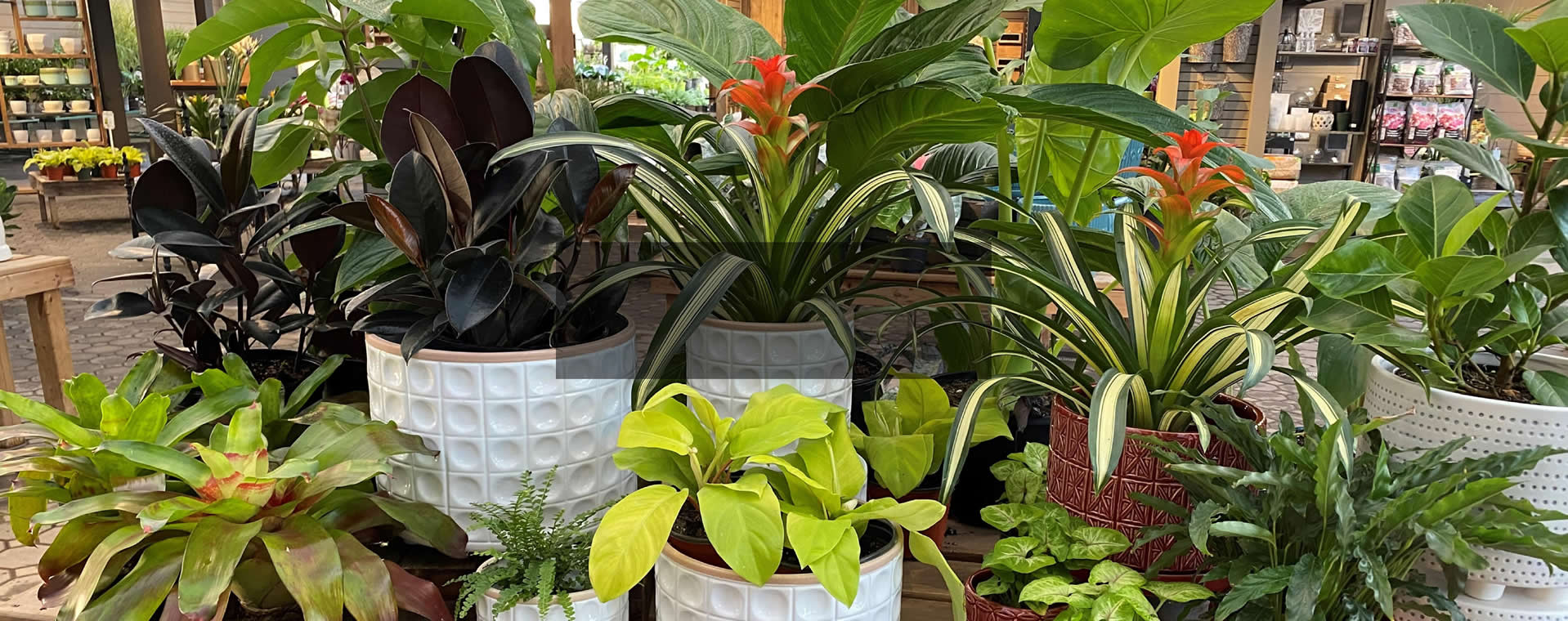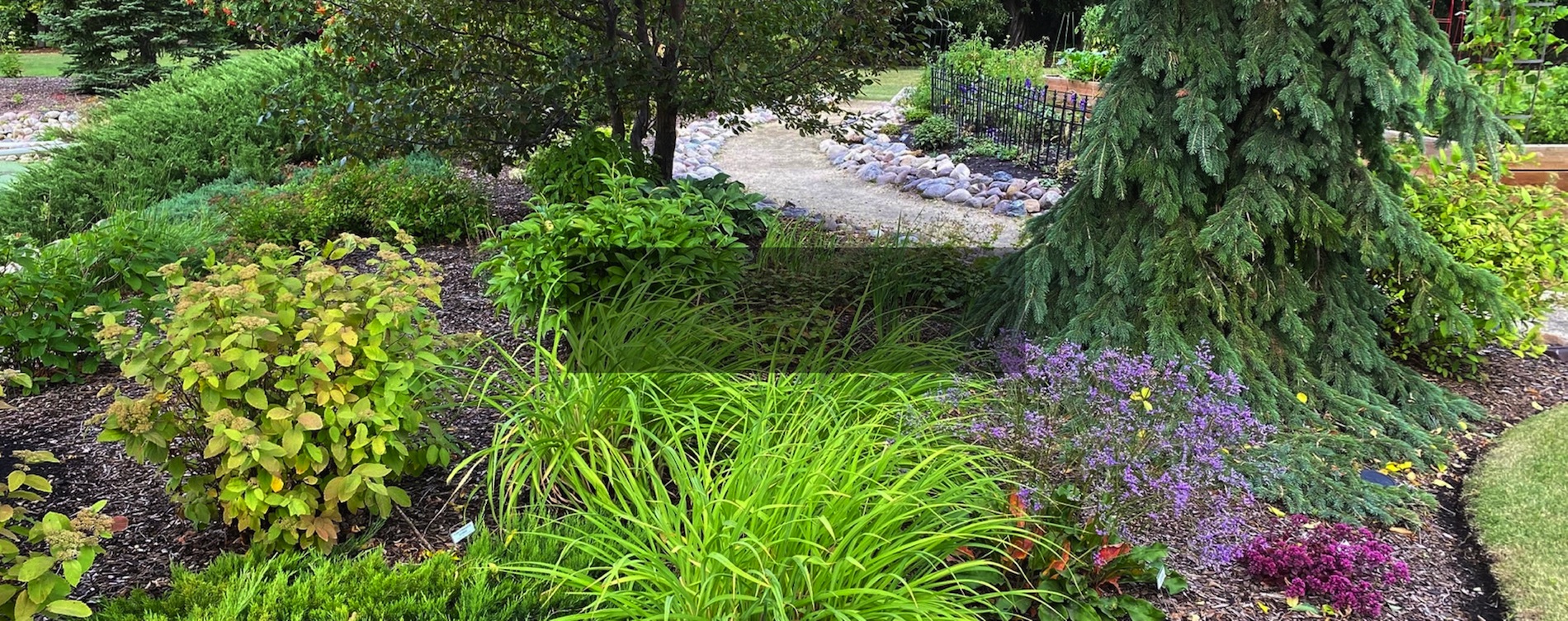Preparing Perennials & Vines for Winter
Joe Gadbois, September 23, 2025

Some of the most common questions we get in the fall are about perennials: when (and how far) to cut back, when to stop watering, when (and how) to divide, when to move, and otherwise what can and should be done in the fall to prepare perennials for winter. This week’s article will address some of those questions for you!
Cutting Perennials Back
Most plants sold as perennials are what we call “herbaceous”, which means they die back to the ground for the winter. These plants undergo a natural process where the leaves yellow off (or sometimes turn red or orange) before dying completely. During this process, energy is returned to the rootstock. The best practice is to allow this process to happen – the plants will settle into dormancy properly and they will overwinter the best if they are not cut back until the foliage has yellowed. Different perennials start to go dormant at different times; spring blooming woodlanders will often go dormant in mid to late summer in response to the heat, while later blooming plants will not start to go dormant until triggered by hard frosts in the fall. This means if we are cleaning up in the fall, we can do the work gradually by cutting plants back as needed, instead of doing it all at once.
The question of whether to cut perennials back in fall or spring mostly comes down to preference. There are benefits and drawbacks to each approach:
Pros to cutting back in fall:
- Reduces the amount of work to do in spring
- Reduces the amount of material that insect pests and diseases can overwinter in
Cons to cutting back in fall:
- Reduces the number of places where beneficial insects can overwinter
- Removes some cover for the plants over winter
- Some plants provide winter interest if left until spring to cut back
- Removes potential food sources for wildlife
Pros to cutting back in spring:
- Allows for more places for beneficial insects to overwinter
- Dead stems/foliage left over winter help to hold snow in and provide extra winter protection
- Some plants provide winter interest if left until spring to cut back
- Seedheads of some plants are a source of food for wildlife
Cons to cutting back in spring: Here
- Insect pests and diseases can overwinter on dead foliage
- Leaves more work to do in spring which is already a busy time in the garden!

Here’s my take on it: any plants that are susceptible to disease should be cut back in fall. Some of the usual suspects include peonies, speedwell, beebalm, and hollyhocks. As well, any plants that experienced insect pest or disease problems this season should be cut back in fall. Don’t compost the material unless it is going to a commercial composter (i.e. via a municipal compost collection); throw it in the garbage or burn it. Your home compost will not get hot enough to kill anything that might exist on infested foliage. Otherwise, plants with attractive seedheads such as grasses and coneflowers are great to leave up for the winter so you have some interest, and many of these plants can provide food for birds and other wildlife as well.
In spring, anything you didn’t cut back in fall will need to be cut back before it starts into growth; otherwise, new growth will start growing through the old dead stuff and the plants will be more difficult to clean up. The only exceptions are evergreen perennials and woody perennials. If you’re not sure, wait until spring and you will be able to see what is dead and needs to be cleaned up. Most groundcovers are woody and/or evergreen and are just left alone.
When to Stop Watering Perennials in Fall

Most perennials (except for certain specialty plants) want to start drying out a bit more in the fall. The kicker is that you need to be getting fall-like weather before you start letting your plants dry out. In Central Alberta, we often get hot, dry weather for most of September (as has been the case this year). Plants will suffer if they don’t get moisture in that kind of weather. Some will go dormant in response, which is fine. Once plants have completely yellowed off, they should be kept on the dry side regardless of temperature (in most cases). When the weather cools, allow your perennials to become dry between watering to help coax them into dormancy. Give them a deep watering once the root zone has dried out. Just before freeze-up, water your perennials in for the winter by giving them a nice deep watering before you put your hose away. This makes a big difference for overwintering success.
Fertilizing should have stopped for perennials in mid-August. Applying bone meal in fall is fine as it will not start releasing nutrients until spring and will do so slowly. I like adding it as a supplement to the soil around bulbous and tuberous rooted plants such as lilies and peonies – it just helps produce big, strong bulbs and root systems.
When to Move and Divide Perennials

Fall is the best time to move and divide many types of perennials. Note that I am talking about established perennials that are in the ground – container grown perennials can be planted virtually any time the ground is workable (more on that shortly). The general rule of thumb is plants that bloom before July are best moved or divided in fall, and plants that bloom later in summer/fall are best moved/divided in spring. This is because usually, earlier bloomers start early and shut down early, so they are not actively growing in fall. It’s best to move and divide plants when they are not actively growing. Some examples of plants that are best moved/divided in fall are peonies, Irises, and bleeding hearts. Most hardy bulbs, including lilies, are also best done in the fall. Wait until the weather cools, if possible, before attempting to move or divide your perennials. Daytime highs below 20C are perfect. I leave the foliage up if I am moving, but I cut it down if I’m dividing. Removing the foliage reduces water loss on the plant, which is a bigger issue when you’re dividing. I really like to leave the foliage up on plants like peonies and lilies as long as possible to continue sending energy to the roots and bulbs.
When Is It Too Late to Plant?
If you’re planting container grown perennials, fall is a great time to plant. Cooler soil allows for better rooting. The success rate may be reduced if you plant late in the fall and there is a sudden onset of winter. That said, I have been successful planting right up to the end of October in the Edmonton area.
When to Mulch for Winter
If you have some tender, borderline hardy, or just precious perennials, you may wish to use extra mulch (such as bark mulch, dried clean leaf debris, straw, etc.) to provide some winter protection to improve their chances of survival. It’s important to wait until the ground freezes before applying mulch. Mulch applied too early can trap moisture around the crowns of plants and cause rot. Plants that are particularly sensitive to rot are often best left without mulch.
What to Do with Vines for Winter

Most of the above information still applies to perennial vines. However, most vines are woody, and pruning is generally best done in spring. This is because pruning woody plants in fall in our harsh climate can lead to winter kill from cuts that have not yet healed. You can get away with pruning established, vigorously growing vines such as Virginia creeper at any time. Hops is the one common vine in our climate that is herbaceous as opposed to woody and will need to be cut back to the ground in fall or spring as with other perennials.
Leaf hopper is a common pest of some vines, especially Virginia creeper and grape. If the leaves turn yellow and brown, and clouds of tiny flea-like insects start hopping about when the vine is disturbed, you’ve got leaf hoppers. Once the leaves have dropped, ensure all leaf debris is bagged and disposed of, and spray the vines with horticultural oil to smother any eggs that have been laid on the wood. Do this while daytime highs are still above freezing, and repeat the application in early spring, again when daytime highs are above freezing and before the vines leaf out.





